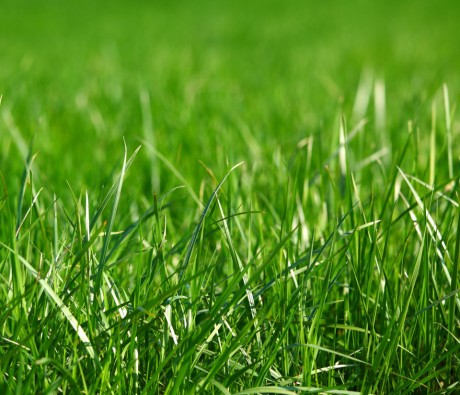How do you like your lawn?
What you need to know about growing grass in North Carolina
By Mary Conroy
Our clay soil and the heat of our summers make growing and maintaining a grass lawn almost a full-time job. I have concluded it is actually easier to plant natural areas and berms with evergreens. I use grass as my accent rather than the focal point of my yard. Evergreens will create a year-round interest in your garden, and once established they take little water, unlike grass.
If you do want to plant and maintain a grass lawn, here are a few of the grasses that do well in our area.
Centipede is a warm-season grass, which means that it is green in summer and brown or dormant aboveground in winter. Centipede is a sod-forming, creeping grass. The leaf blades are broader and coarser than those of hybrid Bermuda grass or zoysia grass. Centipede forms a loose turf which is not very wear-resistant. Its natural color is yellow-green.
Bermuda grass will grow well in a variety of soil types, including sands, loams, silts and clays. Bermuda grass grows best at high temperatures (85 to 95 degrees F.) and grows very little when the night temperature falls below 60. Therefore, Bermuda grass varieties are most practical in the Piedmont and Coastal Plain. The hybrid varieties, which vary in their winter hardiness, are recommended for soils too sandy to grow good row crops or clover-fescue mixtures. Once established, this grass is difficult to get rid of due to its rhizomes that spread underground.
Tall fescue is good for high-traffic home lawns and shady areas. It is relatively drought-tolerant, but does require additional watering in extreme conditions. Tall fescue will grow in either partial shade or sun. It grows well beneath trees that shed their leaves in winter.
Zoysia grass is the most elegant, fine textured lawn grass grown in the South. In many ways, it is the epitome of what we want and expect in a lawn. It is lush, dark green and forms a dense cover. Zoysia is very resistant to insects and diseases.
To do in August
- Strawberries will benefit from a feeding of nitrogen.
- Do not fertilize landscape shrubs in August, September, October or November.
- If you expect to do some fall landscape planting, be sure to follow a prepared planting plan.
- Begin constructing a leaf compost bin.
- Continue with your rose spray program.
- Cure Irish potatoes.
- Continue watering favorite landscape plants and your vegetable garden if dry weather persists.
- Spray for Japanese beetles as needed.
- Disbud Japonica camellias where two flower buds exist on the same limb. Remove the bud only if they originate from the same point.
- Spray the following landscape shrubs: arborvitae and juniper (spider mites), azalea and pyracantha (lace bugs), crape myrtle (aphids).
- Peach and nectarine trees need a trunk spray for peach tree borers.
- Spray the following fall vegetables for insects: broccoli, cabbage and cauliflower (worms), and squash (borers).
- Continue weekly sprays on bunch grapes and tree fruits.
- Spray the following shrubs for the following plant diseases: crape myrtle (powdery mildew) and red-tip photinia (leaf spot).
- Control the following woody weeds by spraying them with the recommended herbicide: greenbriar, kudzu, trumpet creeper and wisteria.
- Treat all lawn areas for grubs. Use the recommended insecticides.
- In late August, prepare the lawn areas for seeding if you plan to have a tall fescue lawn.
-
Share this story:


